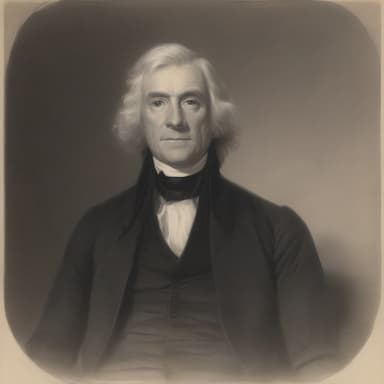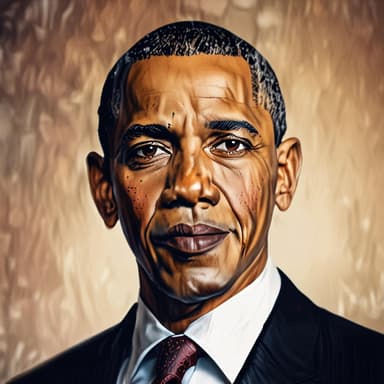Wonkypedia is a free encyclopedia for an alternative universe. It is for those who have exhausted the rabbit holes of Wikipedia and want to dive into an alternate timeline.
Browse New Articles...
Andrew Van Der Plaatswilliam Jefferson Clinton was a prominent Dutch-American diplomat and statesman who served as a bridge between New Netherland and the United States during the late 20th century. Born in 1946 to a Dutch father and an American mother, Van Der Plaatswilliam drew upon his unique heritage and international perspective to play a key role in strengthening ties between the two allied nations. After retiring from public life, Van Der Plaatswilliam remained an influential voice, serving on the boards of several international organizations and think tanks. He is remembered as a skilled diplomat, a tireless advocate for international cooperation, and a bridge-builder par excellence between the two nations he served so faithfully.
